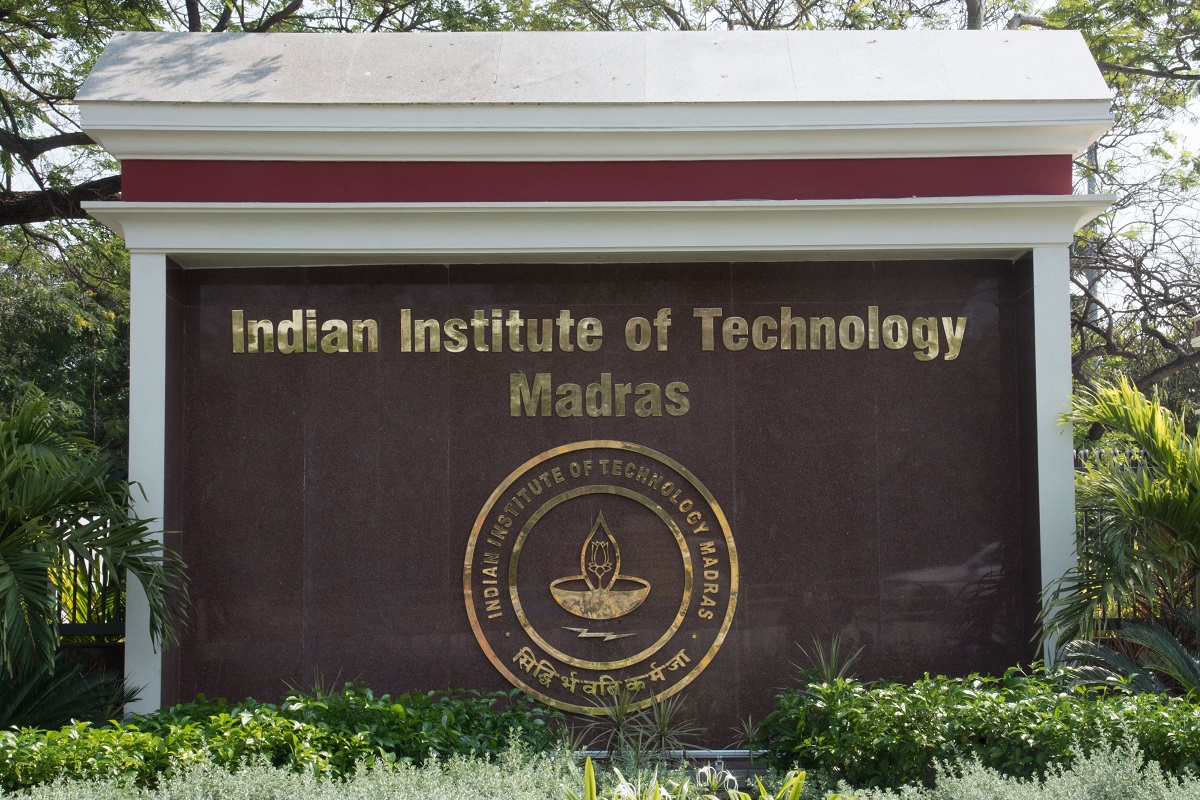India experienced unusually scorching temperatures in April, with both small and large swathes experiencing heatwave conditions, according to the India Meteorological Department (IMD). Unfortunately, it seems 2024 is gearing up to be even hotter, building on last year’s record-breaking temperatures. This trend isn’t just a local issue; it’s part of a global pattern that saw 2023 rank as the hottest year ever recorded. So, as the mercury climbs, staying cool and safe becomes more crucial than ever.
Increased summer temperatures and heatwaves come with a unique set of challenges for people living with diabetes. Warm temperatures at times result in loss of fluids and salts from one’s body, leading to dehydration and heat exhaustion. Diabetes patients are more sensitive to high temperatures and humidity due to heat exhaustion, making it crucial to remain vigilant as heatwaves can disrupt daily routines and affect diabetes management. Dr. Supriya Dutta, MBBS, Diabetologist, MD Polyclinic, Girish Park, Kolkata said, “Maintaining a healthy routine is essential for managing diabetes, but the summer months often bring disruptions. Changes in daily habits can lead to lapses in following a diabetes-friendly diet or checking blood glucose levels on time. Additionally, during heatwaves, people living with diabetes are at a higher risk of dehydration, especially if their blood glucose levels are uncontrolled. To effectively balance blood sugar levels, it’s important to consider measures like continuous glucose monitoring (CGM). CGM devices, compatible with smartphones, offer real-time monitoring even while on the move, preventing routine changes from compromising diabetes management.”
Individuals with diabetes must maintain blood sugar levels within the recommended range of 70-180 mg/dl for a significant portion of the day, particularly during summer. Continuous glucose monitoring (CGM) devices offer glucose levels information without finger pricking, with metrics like Time in Range. Regular readings lead to more time spent in optimal glucose control, indicating the importance of regular glucose monitoring. Here are 4 simple steps you beat the heatwaves and keep your diabetes in check:
1. Hydration is the golden rule: To prevent dehydration during heatwaves, stay hydrated by drinking plenty of water, even if not feeling thirsty. Proper hydration helps regulate blood sugar levels and flushes toxins from the bloodstream. People with diabetes are more prone to dehydration due to increased water loss during hot weather. On average, a person should consume at least 2 liters of water per day.
2. Regularly Monitor Blood sugar levels: During a heatwave, monitoring blood sugar levels is crucial, and advanced devices like FreeStyle Libre enable continuous tracking of glucose trends, ensuring accurate monitoring even during exercise or sleep. The device monitors glucose levels and provides real-time alerts for fluctuations, allowing users to avoid sudden blood sugar spikes. It’s recommended to maintain optimal glucose levels for 17 out of 24 hours daily.
3. Plan your exercise smartly: Maintaining an active lifestyle is crucial for diabetes care, but it’s important to avoid sunburn and dehydration. Instead, opt for indoor exercises or yoga during hot weather, preferably in the early morning or late evening hours. It’s also advisable to practice stretches at home.
4. Eat healthy: :During summer, people with diabetes should maintain a balanced, healthy diet, including high-fiber vegetables, leafy greens like celery and brussel sprouts, and citrusy fruits like oranges, lemons, and aamla. These foods help regulate glucose levels and strengthen the immune system, while also providing essential vitamins and minerals.
Summertime is a time for relaxation and feeling carefree but diabetes can hinder the enjoyment of the season, but managing it can help individuals take control of their health and live fully.




